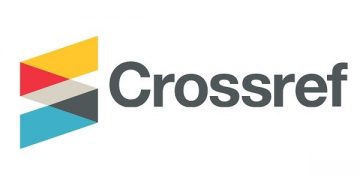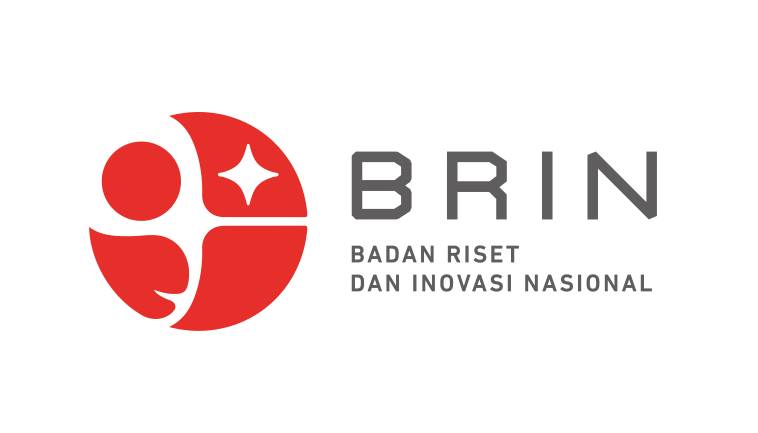Dampak Indikator Rasio Keuangan terhadap Profitabilitas Bank Umum Syariah di Indonesia
DOI:
https://doi.org/10.35384/jkp.v13i2.53Keywords:
Islamic Banks, FDR, ROA, NPF, Bank Size, CAR, NIM (NOM), ROA.Abstract
This study aims to determine: the bank’s performance in terms of aspects of risk profile, earnings, and capital in Islamic Banks in Indonesia in 2012-2014. This research used a descriptive quantitative method. This paper is using eleven Islamic Banks in Indonesia since the year 2012 until 2014 as samples. Risks are measured by credit risk (financing), liquidity risk is proxied by FDR, while asset quality is proxied by the NPF, company size (Size) measured by Total Assets, measured by ROA profitability analysis, efficiency analysis is measured by ROA and NIM (NOM), while Capital is measured by CAR, financial reporting data used in this study includes data on the FDR, ROA. NPF, SIZE, CAR, NOM, and ROA, these data indicate a relationship with the financial ratio indicators Profitability in Islamic Banks. Based on the analysis and interpretation of data that has been done, it can be concluded that FDR, NPF, BOPO have a positive effect to ROA, while Size has no significant effect to return on Asset at Sharia Commercial Bank, Assets of sharia banks in Indonesia is relatively small which is less than 5 trillion, which is included in the category of book 1 and book 2, so the size of the bank does not affect the profitability of sharia banks in Indonesia









